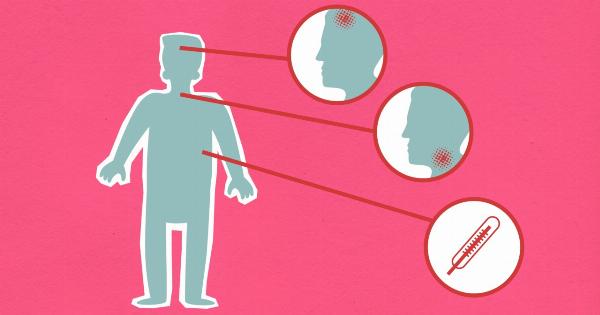Heart disease is a leading cause of death worldwide. It encompasses a range of conditions that affect the heart, including coronary artery disease, heart failure, and arrhythmias.
While medical interventions and lifestyle changes can help manage heart disease, adopting physical activities such as dance can significantly improve cardiovascular health. In this article, we explore the many reasons why dance is one of the best ways to combat heart disease.
The Cardiovascular Benefits of Dance
Dance is not only a highly enjoyable art form but also an excellent cardiovascular exercise. Engaging in dance regularly can bring about many health benefits for individuals with or at risk of heart disease, including:.
Improved Heart Health
Dance is a dynamic activity that gets your heart pumping. Regular dance sessions increase heart rate, thus improving cardiovascular endurance.
As your heart becomes stronger, it can pump blood more efficiently throughout your body, reducing strain on the heart muscles and lowering the risk of heart disease.
Enhanced Blood Circulation
Dancing involves a range of movements that engage various muscle groups. These movements work to stimulate blood flow throughout the body, improving circulation.
Better circulation enhances oxygen supply to different organs, including the heart, and removal of waste products. This reduces the risk of blood clots, lowers blood pressure, and promotes overall heart health.
Weight Management
Obesity puts strain on the heart, increasing the likelihood of heart disease. Dance is an effective way to burn calories, aiding in weight management.
Depending on the intensity and style of dance, it can help individuals maintain a healthy body weight or lose excess pounds. By shedding extra weight, the heart experiences less stress, reducing the risk of heart disease.
Stress Reduction
Chronic stress affects heart health and can contribute to the development of heart disease. Dancing provides an outlet for stress and tension, promoting relaxation and emotional well-being.
Engaging in dance releases endorphins, also known as “feel-good” hormones, which help alleviate stress and improve mood. By incorporating dance into your routine, you can reduce stress levels and support heart health.
Muscle Strengthening
Dance involves a wide range of movements that target different muscle groups. Regular dancing can help strengthen the muscles, including those surrounding the heart. Stronger muscles facilitate better heart function and overall physical performance.
By engaging in dance, individuals can improve their muscle strength, leading to enhanced heart health.
Improved Balance and Coordination
Many dance forms require precision, balance, and coordination. Practicing these skills through dance can help improve balance and coordination, reducing the risk of falls and injuries.
Maintaining good balance and coordination supports overall physical well-being, allowing individuals to engage in various activities without exerting additional strain on the heart.
Social Engagement and Emotional Support
Dance often involves group settings, fostering social engagement and emotional support. Participating in dance classes or group performances creates a sense of belonging and community.
This social support network contributes to mental well-being, reducing the risk of stress-related heart disease. Moreover, social interaction can provide motivation and encouragement to lead a heart-healthy lifestyle.
Increased Stamina and Energy Levels
The physical demands of dance gradually improve stamina and energy levels over time. As individuals engage in regular dance sessions, they experience increased endurance and reduced fatigue.
This improvement in stamina allows the heart to work more efficiently during daily activities, lowering the risk of heart disease and promoting overall well-being.
Enhanced Flexibility and Joint Health
Dance incorporates various stretches and movements that improve flexibility and joint health. By regularly practicing dance, individuals can enhance their range of motion and joint mobility.
Improved flexibility reduces the risk of injuries and joint-related complications, ensuring the heart does not have to compensate for immobile or injured areas of the body.
Prevention and Management of Diabetes
Type 2 diabetes is a risk factor for heart disease. Engaging in dance can aid in preventing diabetes or managing existing diabetes. Dance helps regulate blood sugar levels by utilizing glucose as an energy source.
By incorporating dance into their routine, individuals can reduce the risk of developing diabetes and subsequently decrease the chances of heart disease.
Conclusion
Dance is not only a captivating art form but also a powerful ally in the fight against heart disease.
Regular engagement in dance offers a plethora of cardiovascular benefits, including improved heart health, enhanced blood circulation, weight management, stress reduction, muscle strengthening, improved balance and coordination, social engagement, increased stamina and energy levels, enhanced flexibility and joint health, as well as prevention and management of diabetes. By utilizing dance as a tool, individuals can combat heart disease while enjoying the numerous physical, emotional, and social advantages it provides.





























